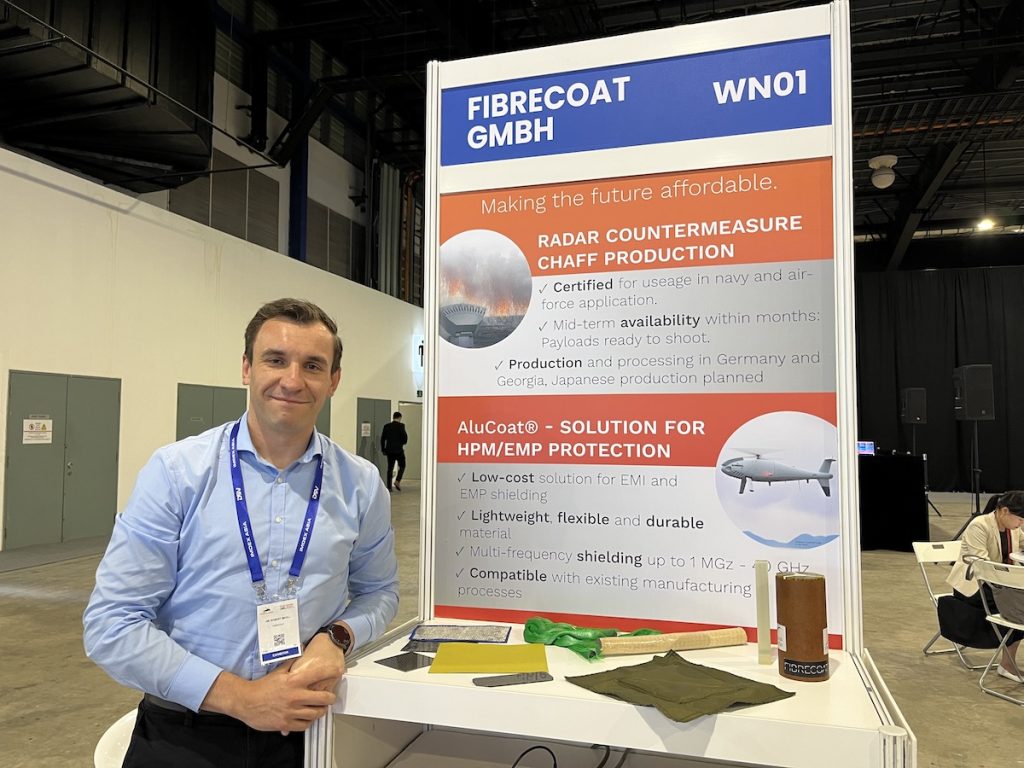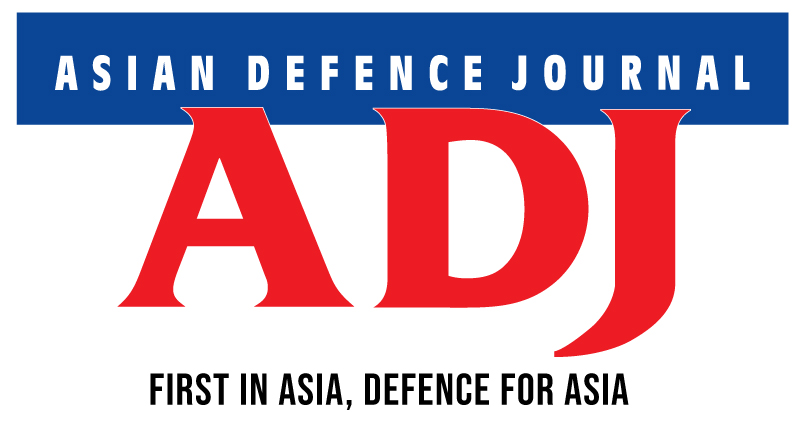Robert Brull, CEO, FibreCoat
Revolutionising advanced materials with high-performance fibre coatings, FibreCoat is aiming to deliver cutting edge materials for the defence and aerospace industry. Founder and CEO Robert Brull spends some time with Asian Defence Journal.
ADJ: Would you be able to elaborate further on FibreCoat’s technology and its applications?
RB: FibreCoat is a world leader in advanced materials technology. Its lightweight, high-performance, cost-effective, electrically conductive materials protect against radiation, heat, and electromagnetic interference (EMI), making them crucial for space, defence, automotive, and construction.

ADJ: Could you share with us what separates FibreCoat’s technology from the rest?
RB: FibreCoat solves major sector challenges. Satellites must operate in conditions of radiation, extreme temperatures, and EMI at the lowest possible cost. Defence equipment must be durable and effective in conflict zones. Electric vehicles must be lightweight but able to manage heat and protect drivers and internal electronics from EMI.
FibreCoat’s production process also uses around 90% less energy than traditional methods, bringing down costs dramatically. And with modular production lines that can be set up anywhere in the world within three months, FibreCoat helps to ensure the resilience of supply chains in an increasingly volatile world.
ADJ: How does FibreCoat’s technology contribute to enhanced vessel survivability?
RB: FibreCoat’s technology contributes to enhanced vessel survivability through advanced EMI shielding, radar absorption, and support for chaff countermeasures. These capabilities work together to protect both the vessel’s critical systems and its tactical position in hostile environments.
1. EMI Shielding for Critical Systems
Modern vessels are increasingly dependent on electronics for navigation, communication, and weapons control. These systems are vulnerable to EMI whether from external threats or internal system conflict.
· FibreCoat’s AluCoat fibres embed conductive metal coatings (like aluminum) onto non-conductive fibres (glass or basalt), enabling integrated EMI shielding within composite panels.
· This shielding protects vital electronics from jamming, electromagnetic pulse (EMP) events, and electromagnetic leakage, ensuring operational stability during conflict scenarios.
2. Radar Absorption and Signature Reduction
Reducing a vessel’s radar signature is a key factor in stealth and survivability.
· FibreCoat’s metal-coated fibres can be engineered to absorb and dissipate radar waves, minimising reflections that would otherwise reveal the vessel’s position.
· By embedding these fibres into composite structures, FibreCoat enables the creation of multi-functional surfaces that offer both structural strength and radar absorption—a significant upgrade over traditional coatings.
3. Support for Chaff-Based Countermeasures
Chaff systems release reflective materials to confuse radar-guided threats, such as missiles or surveillance systems.
· FibreCoat’s fine metal-coated fibres can be customised for use as chaff, offering high dispersion efficiency and optimised reflectivity across target radar frequencies.
· Compared to traditional foil-based chaff, these fibres are lighter, cost-efficient and more controllable in deployment, and better suited to frequency-specific defence.


